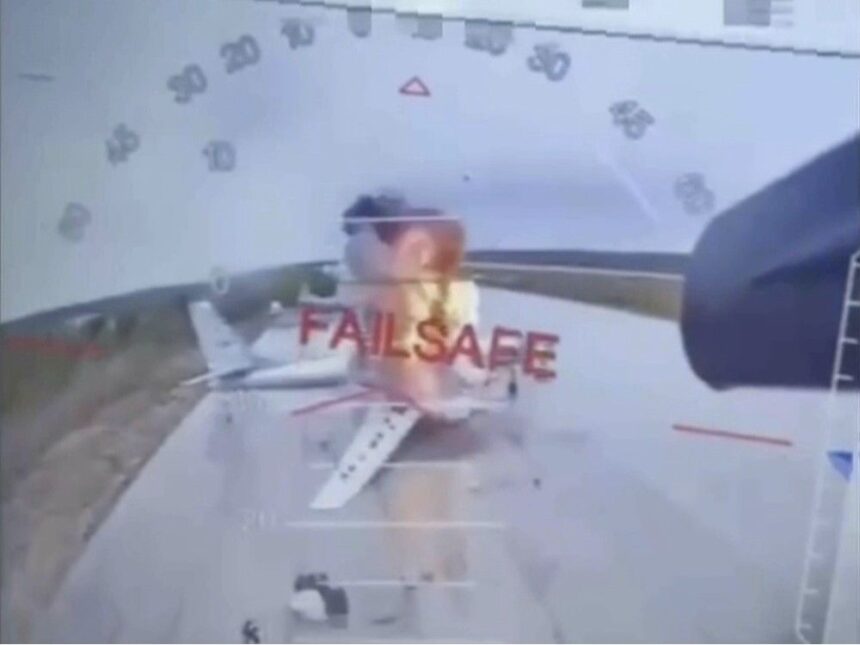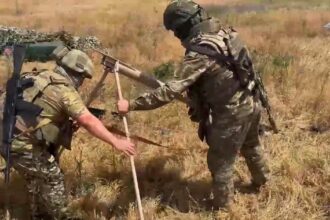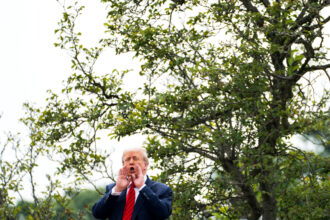In what military analysts are calling one of the most significant Ukrainian offensive operations of recent months, Ukrainian forces have conducted a massive drone attack on a Russian airbase, reportedly damaging or destroying up to 40 military aircraft. This bold operation marks a dramatic escalation in Ukraine’s strategic capabilities and its willingness to strike deep within Russian territory.
The precision strike targeted a major Russian military installation, catching Moscow’s air defenses seemingly unprepared despite the growing sophistication of Ukraine’s unmanned aerial vehicle (UAV) program. Satellite imagery analyzed by international defense experts confirms substantial damage to the airbase’s infrastructure, including fuel depots, ammunition storage, and multiple aircraft hangars.
“This represents a watershed moment in asymmetric warfare tactics,” explains Dr. Vasyl Kovalenko, senior defense analyst at the Royal United Services Institute. “Ukraine has demonstrated that even without air superiority in the conventional sense, it can deliver devastating blows to Russia’s most valuable military assets.”
The Ukrainian Ministry of Defense has remained characteristically restrained in its official statements, neither confirming nor denying direct involvement. However, President Volodymyr Zelensky alluded to the operation in a recent address, noting that “those who bring destruction to our cities cannot expect their military infrastructure to remain untouched.”
Moscow’s response has been swift and predictable. The Russian Defense Ministry initially downplayed the attack, acknowledging only “minor damage to non-essential facilities” before later admitting that several aircraft had been “temporarily disabled.” Independent verification remains challenging, but thermal imaging from commercial satellites suggests multiple explosion sites consistent with the Ukrainian claims.
The strategic implications extend far beyond the immediate material losses. Russia’s inability to protect high-value assets within its own borders raises serious questions about its air defense capabilities and may force a costly redeployment of resources away from the front lines in eastern Ukraine.
For Ukraine, the success of this operation represents a significant morale boost at a critical juncture in the conflict. Western intelligence sources indicate the attack was likely executed using domestically modified drones supplemented with technology provided by NATO allies, though specific details remain classified.
The timing is particularly noteworthy as it coincides with renewed diplomatic efforts to negotiate peace terms. Some analysts suggest the strike was deliberately calculated to strengthen Ukraine’s position at any potential negotiating table by demonstrating its continuing ability to inflict meaningful costs on Russian military infrastructure.
“This isn’t just about destroying aircraft—it’s about forcing a strategic recalculation in Moscow,” notes retired Canadian Air Force Colonel James Hanson. “Every Russian commander must now consider that their bases, even hundreds of kilometers from the Ukrainian border, remain vulnerable.”
The international community has offered mixed reactions. While Western allies have generally avoided direct comment on the specific operation, they have reiterated Ukraine’s right to defend itself. Chinese and Iranian officials have predictably condemned what they term “provocative escalation.”
As military planners on both sides assess the implications of this strike, one question remains paramount: Has Ukraine fundamentally altered the strategic calculus of this war, or will Russia’s overwhelming conventional advantages ultimately render such operations merely symbolic victories in a conflict increasingly defined by attrition?

























